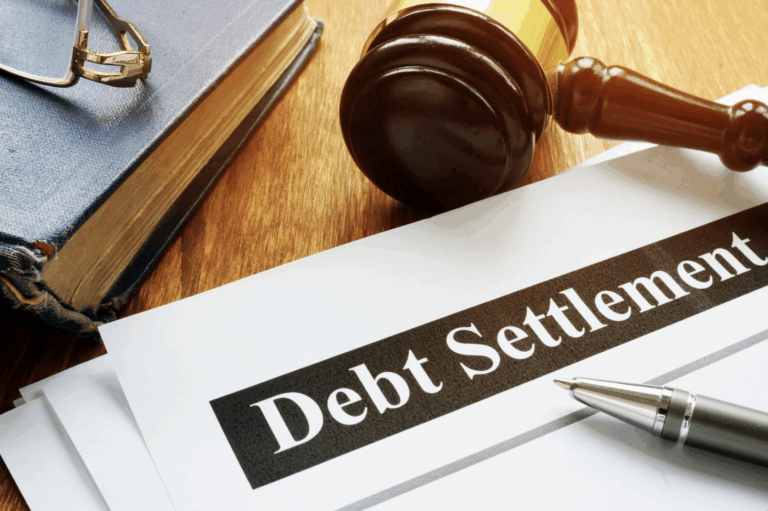Making all of your payments on time is important, but mistakes can happen. If you have one or two missed payments on a loan or credit card, your lender will likely charge you a late penalty and your credit score can take a hit. However, if you have several late payments and fail to pay back your debt over several months, despite your creditor attempting to recover it, you could end up with a charge-off on your credit reports.
A charge-off can harm your credit considerably, making it difficult to borrow money in the future. Plus, many landlords, utility companies and even employers require a good credit and payment history.
Fortunately, borrowers may be able to get a charge-off removed. Here’s what you need to know about how charge-offs occur and how to remove charge-offs from your credit report.
What Is a Charge-Off?
If you miss many payments in a row, and it appears as though you’ll never actually pay that debt back, the lender, such as a credit card issuer, may decide to cut its losses. They will charge-off the account, meaning they give up on trying to collect the amount owed and close the account. Often, the debt gets sold to a third-party debt collector for pennies on the dollar. This way, the lender recoups some of the money, and the debt collector can attempt to get the rest from you.
Charge-offs happen most commonly with unsecured debt, such as credit card debt, since there’s no collateral for the lender to repossess. Depending on the type of debt you owe, a charge-off will generally occur 120 or 180 days after you stop making payments and the balance is past due.
How Long do Charge-Offs Stay on a Credit Report?
A charged-off debt on your credit reports is considered a serious negative item. It signifies to future creditors that you’re unreliable when it comes to repaying debt. It will stay on your credit reports for seven years from the date of your first delinquent payment and cause your credit score to fall considerably.
The exact number of points you’ll lose depends on a few factors, such as your score before the charge-off, the number of other negative entries on your report and the type of scoring model used. Keep in mind, though, that your score will probably already be in bad shape since you would have missed several payments leading up to the charge-off.
If the charged-off account is sold to a debt collector, your credit report will show that you owe $0 to the original creditor. However, that doesn’t mean the debt was forgiven. The charge-off will continue to show up on your credit reports for seven years, and you will now owe the debt collection agency. That collections account will also show up on your reports as a new entry, which is considered another derogatory mark that can harm your credit score further.
How to Remove a Charge Off From Your Credit Report
It is possible to remove a charge-off from your credit history, but it’s not always easy. First, you should determine whether the charge-off on your report is an error or a valid entry. That will dictate your next steps. You can pull your free credit report from each of the three major credit bureaus from annualcreditreport.com.
For example, the charge-off may be a mistake. Maybe you were the victim of fraud, or someone else’s debt was accidentally reported under your name. In this case, you should dispute the error with the credit bureau that’s reporting it.
There are also credit repair companies that promise to remove negative information from your credit reports in exchange for a fee. Use caution with these companies as they may be scams or engage in questionable practices.
How to Dispute a Charge-Off
You should contact each credit reporting agency to dispute an error on your credit file. All three major bureaus allow you to initiate a dispute online (here’s where to go for Experian, Equifax and TransUnion). You can also download the appropriate dispute form and mail it in.
Make sure to know your rights through the Fair Credit Reporting Act (FCRA). This federal law provides many protections, including your right to dispute incomplete or inaccurate information.
Once the credit bureau receives your dispute, it is usually required to investigate within 30 days, then provide you with a response within five days of the investigation.
What if I Just Pay It?
It’s generally a good idea to pay any outstanding debt, since you’re legally responsible for doing so. Depending on the type of debt you owe, you could have your wages garnished, tax return withheld or even be sued for not paying it back.
Unfortunately, a paid charge-off account will not automatically be removed from your credit reports. If you pay the account in full, it will simply be marked from “unpaid” to “paid.” The entry will still remain for seven years. Fortunately, the impact on your score will lessen over time, and paid accounts tend to be viewed more favorably than unpaid ones.
One option you could pursue is a “pay-for-delete.” This is when you negotiate with your creditor to have negative information removed from your credit reports in exchange for paying some or all of the debt in question. Keep in mind this doesn’t always work, as creditors have no obligation to remove accurately reported information — and it may even violate their agreement with the credit bureaus.
Additionally, if your debt was already sold to a collections agency, there’s no way to get the charge-off reported by the original lender removed. You’ll need to simply wait it out. However, you can still pursue a pay-for-delete with the collections agency to get the new account removed.
Writing a Goodwill Letter to Remove a Charge-Off
When attempting to get a charge-off taken off your credit reports, you’ll need to write a goodwill letter to the creditor that currently owns the debt. This is a letter that acknowledges you made some missteps with your debt and asks the creditor to make a “goodwill adjustment.” If you are delinquent on the debt because of some extenuating circumstances, such as losing your job or experiencing a medical emergency, it can help to explain the situation in your letter. LendingTree has a template you can use when crafting your letter.
Be sure to save all your communications and agreement in writing, and don’t send any money until you have written confirmation from the creditor that they will remove the charge-off.
Also, note that if you settle for less than the full amount you owe, know that the forgiven debt may be considered taxable income. So plan for a potentially larger tax bill that year.
There are many considerations that go into handling a delinquent debt. The choices you make can have a major impact on your credit and finances as a whole. So consider consulting with a professional about your next steps. You can call the Tayne Law Group at (866) 890-7337 or fill out our short contact form to get a consultation and learn about your options.





